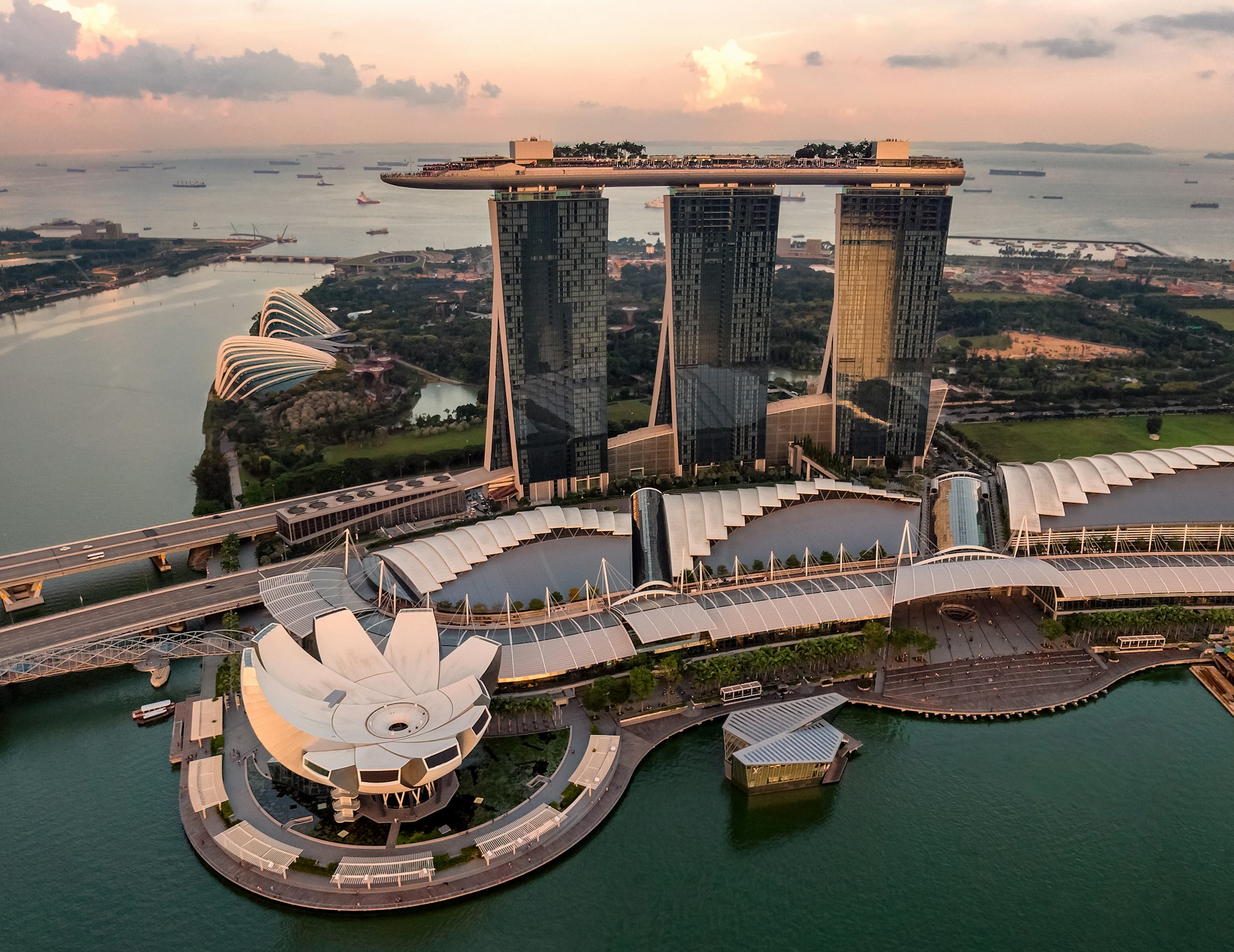View the Country Report for Singapore in the Oxford Compendium of National Legal Responses to Covid-19
Singapore was initially praised as the 'gold standard' in managing the outbreak of Covid-19, as the number of cases were kept very low through a trifold strategy of aggressive testing, rapid contact tracing, and isolation of confirmed cases and their close contacts. However, as the number of cases began to rise in March 2020, the Government announced the closure of schools and most businesses and imposed movement restrictions, a suite of measures it called a 'circuit breaker', which lasted two months. These measures were authorized under a speedily passed new law in Parliament - the Covid-19 (Temporary Measures) Act. The increase in March 2020 was initially due to imported cases as Singapore encouraged its overseas citizens to return, but later to the rapid spread of Covid-19 in the crowded dormitories in which many of Singapore’s low-wage migrants live. The 'circuit breaker' was lifted on 2 June 2020 as daily new cases fell from over a thousand to around five hundred (out of a population of nearly six million), with a three-phased approach to reopening the city.
In total, Singapore has seen approximately 274,143 cases of Covid-19, the vast majority of these being migrant workers in dormitories. The death rate reached 798.
